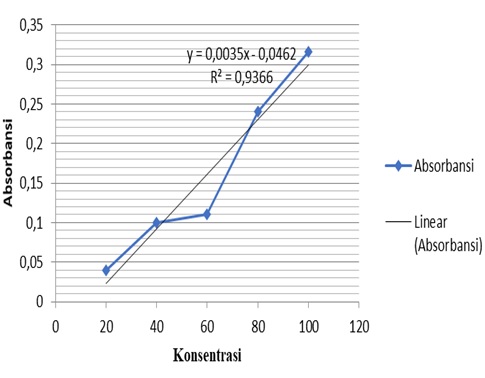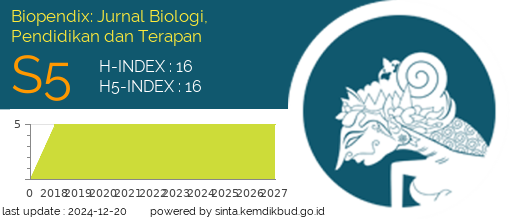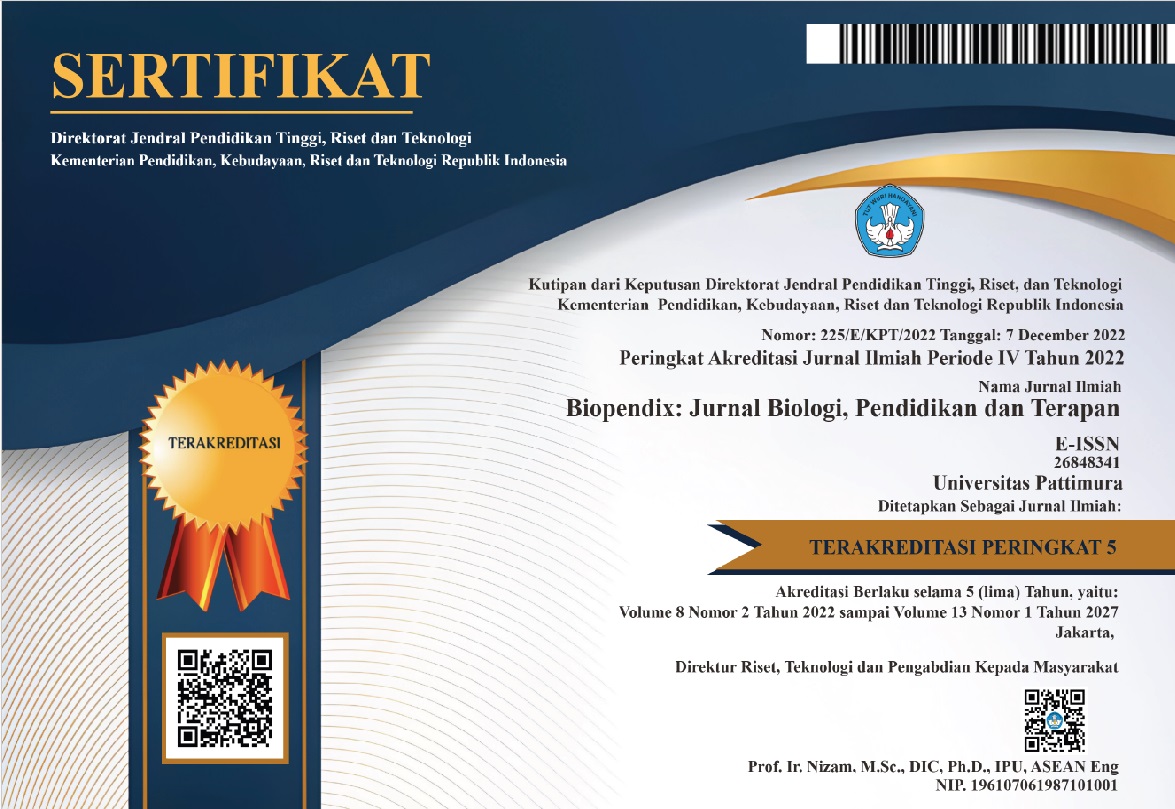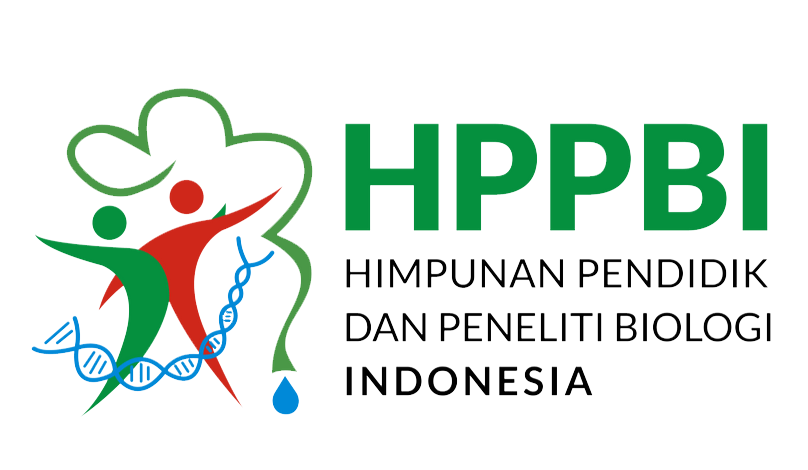Tannin Content of Lindur Fruit Flour (Bruguiera gymnorrhiza) Following Long Soaking
Abstract
Background: Lindur is a type of mangrove (Bruguiera gimnorrhiza). The fruit of this type of mangrove can be used to make flour. Lindur fruit is edible because it contains nutrients like carbohydrates, fats, and proteins. Lindur contains secondary metabolite compounds such as tannins in addition to its nutritional content. The presence of tannins is frequently a barrier to lindur consumption. Soaking reduces the tannin levels in lindur fruit. The goal of this study was to see how soaking time affected the tannin content of lindur fruit flour.
Methods: This experiment uses Completely Randomized Design with three (3) treatments. The treatment duration of immersion is 24 hours, 36 hours, and 72 hours, with each repetition occurring three times. Lindur fruit samples were obtained from the mangrove forest of Osi Island, West Seram Regency. Tannin content analysis was carried out with spectroscopy method. At the 0.05 level, data were analyzed using analysis of variance and Duncan's multiple distance test.
Results: Tannin levels in lindur fruit flour (B. gymnorrhiza) at 24, 36, and 72 hours of immersion, respectively, were 3,000 mg/kg, 2,647 mg/kg, and 2.188 mg/kg. The 72-hour treatment was the most effective at lowering tannin levels. The water immersion treatment reduced tannin levels in B. gymnorrhiza lindur fruit significantly (p 0.05).
Conclusion: The number of tannins reduced in lindur fruit flour produced by B. Gimnorrhiza is proportional to the length of immersion time
Downloads

Authors who publish with this Journal agree to the following terms:
- Author retain copyright and grant the journal right of first publication with the work simultaneously licensed under a creative commons attribution license that allow others to share the work within an acknowledgement of the work’s authorship and initial publication of this journal.
- Authors are able to enter into separate, additional contractual arrangement for the non-exclusive distribution of the journal’s published version of the work (e.g. acknowledgement of its initial publication in this journal).
- Authors are permitted and encouraged to post their work online (e.g. in institutional repositories or on their websites) prior to and during the submission process, as it can lead to productive exchanges, as well as earlier and greater citation of published works




 2
2






